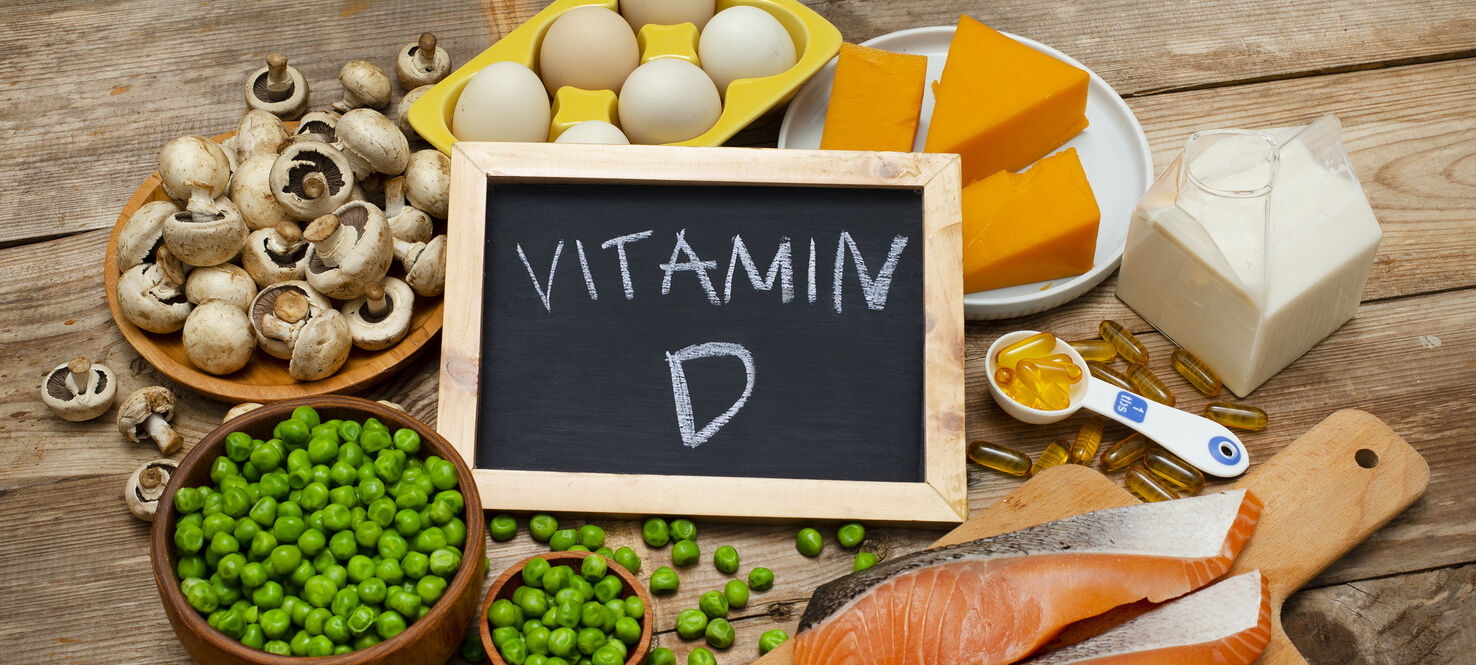Sun Safety First: Alternative Ways to Get Vitamin D
Sunlight is our main source of Vitamin D, but the risk of skin cancer also comes with the sun.
While sun exposure is a natural way for the body to produce Vitamin D, it's not the safest way. The same ultraviolet (UV) rays from sunlight that penetrate our skin to make Vitamin D can also lead to skin cancer, making it challenging to get our daily dose of the sunshine vitamin.
Long known to help the body absorb calcium to build strong bones, recent attention has focused on the role of Vitamin D in how the nervous system, immune system and muscles work. Very low blood levels have been linked to chronic diseases such as heart disease, stroke, dementia, diabetes and certain cancers.
Although it doesn't take much sun exposure for the body to produce Vitamin D, experts agree there is not a safe level of UV exposure from the sun that allows for vitamin D synthesis without increasing skin cancer risk. We need sun protection as much as we need Vitamin D. Rather than trying to get our Vitamin D from the sun, the American Academy of Dermatology recommends obtaining adequate Vitamin D from a diet that includes foods naturally rich in vitamin D and/or foods/beverages fortified with Vitamin D such as:
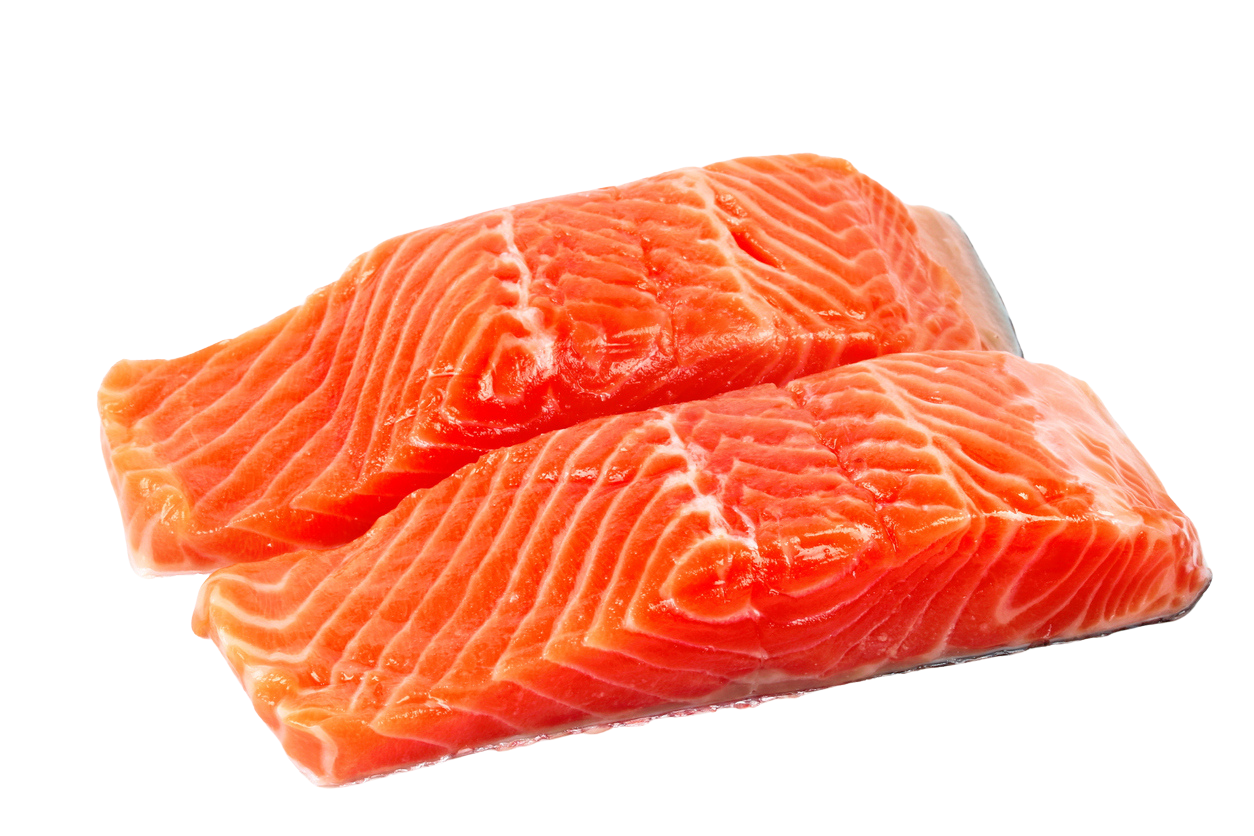 Fatty Fish
Fatty Fish
Salmon, tuna, trout and sardines are some of the best sources. A 4 oz serving of salmon provides more than 100% of our daily requirements.
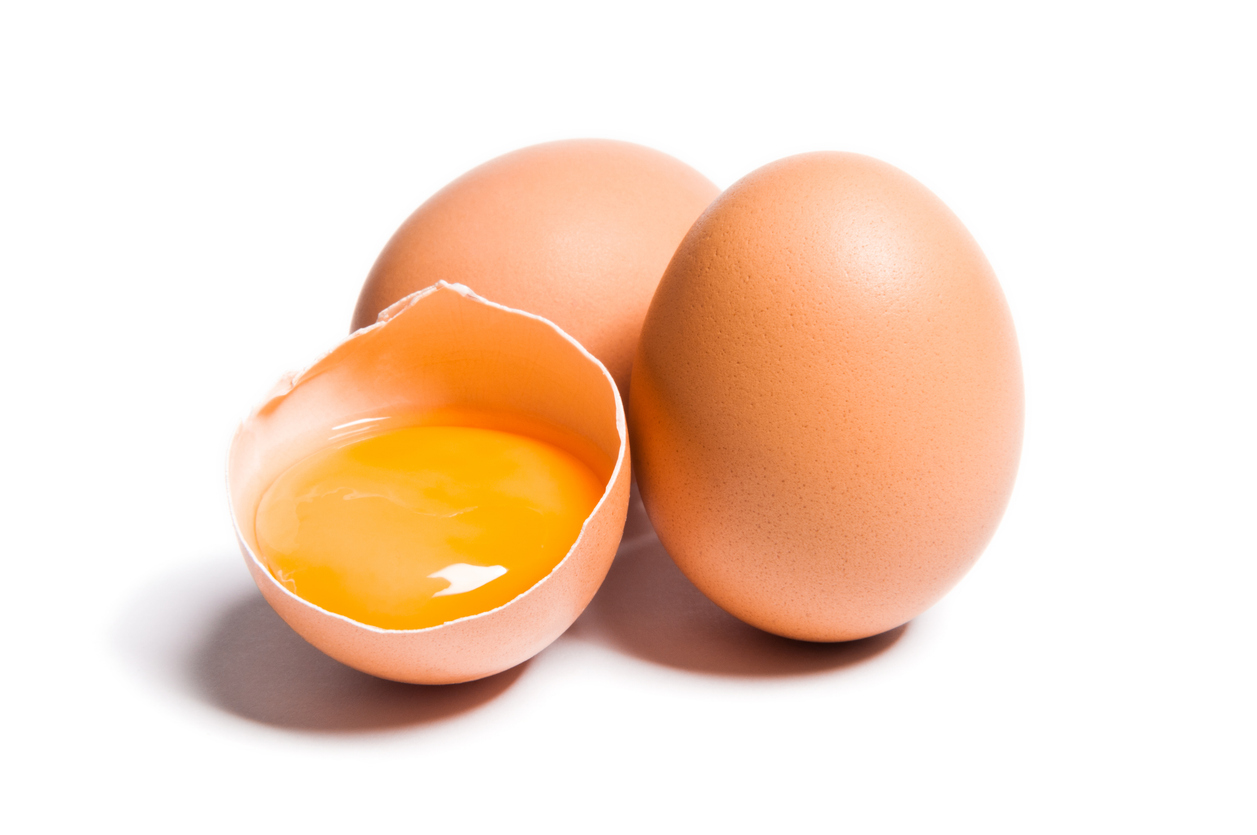 Egg Yolks
Egg Yolks
Eggs are a convenient way to get Vitamin D. Since the Vitamin D is in the yolk, it's important to use the whole egg, not just the whites.
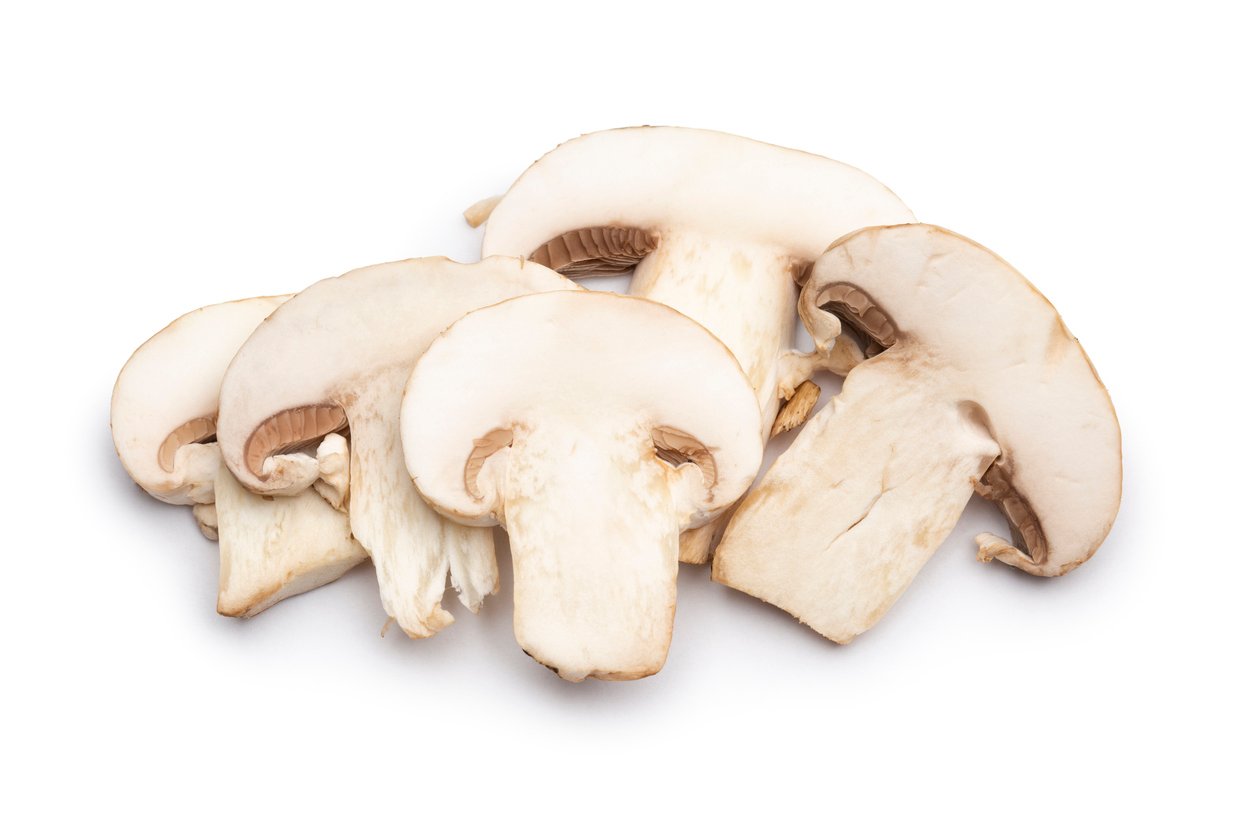 Mushrooms
Mushrooms
Like humans, mushrooms can make vitamin D when exposed to sunlight. Choose wild-harvested mushrooms like maitake or check specialty grocers for mushrooms labeled "UV-exposed" or "sunlight-treated." You can sunbathe your ordinary store-bought mushrooms at home by slicing and placing them in the sun for 15 minutes to boost their Vitamin D content.
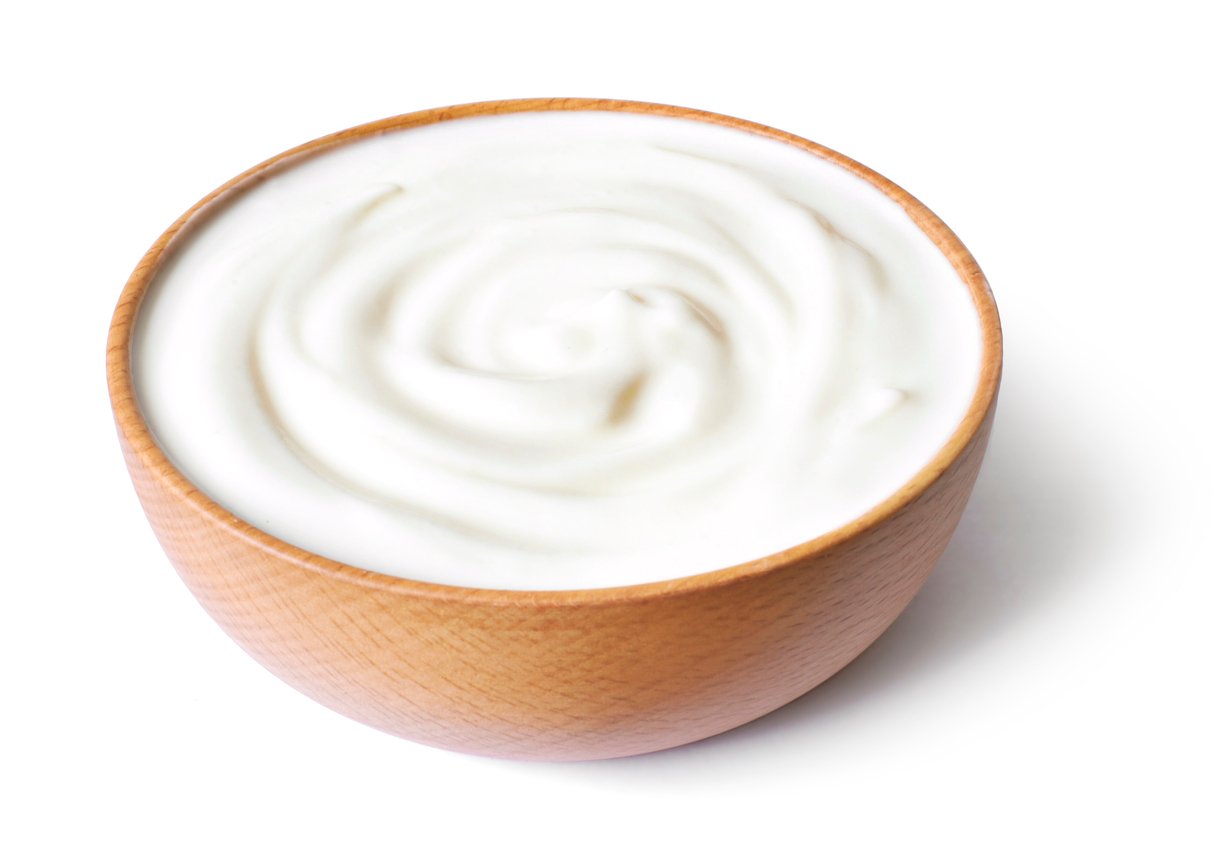 Fortified Foods
Fortified Foods
Cow's milk has been fortified in the US since the 1930s, but the number of foods fortified with Vitamin D is growing. Plant-based milk, tofu, yogurts, processed cheese, juices and breakfast cereals are often fortified. Check the nutrition facts label to find the amount of Vitamin D per serving.
Getting enough Vitamin D is important, but ensure you get it safely and effectively. Try food first, but a dietary supplement may be necessary to correct a Vitamin D deficiency. If you have questions about how much Vitamin D you are getting or what your Vitamin D level should be, talk with your healthcare team and seek the guidance of a registered dietitian.
This article was written by Moffitt registered dietitian Diane Riccardi.


